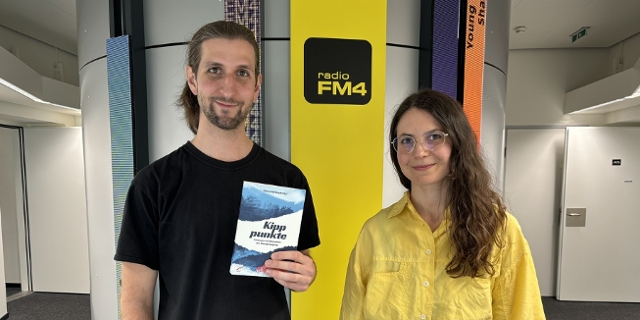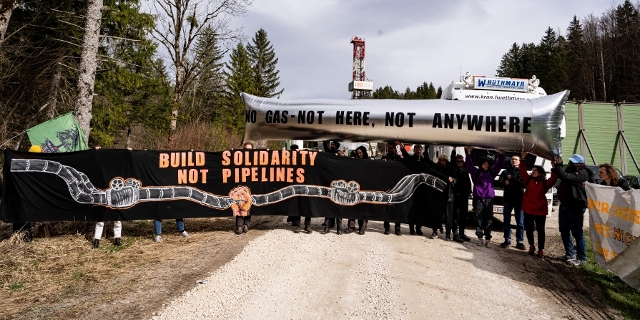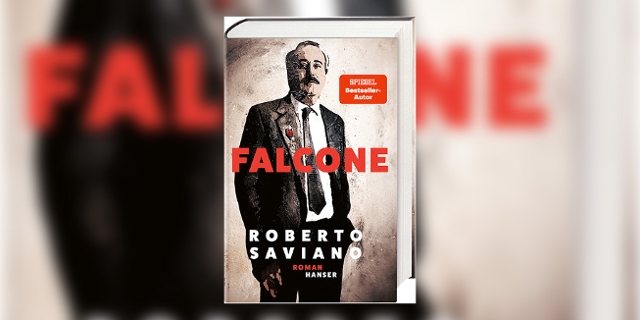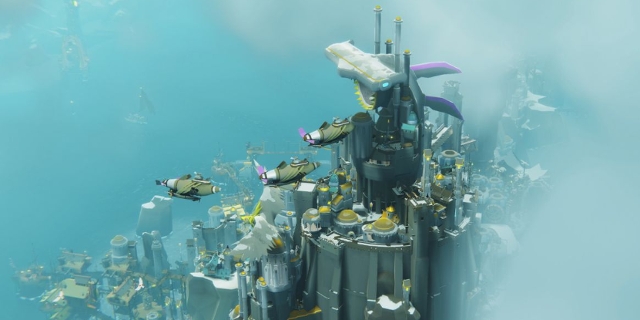Wieso es nur wenige Studien über Rechtsextremismus gibt
Von Gersin Livia Paya und Lukas Tagwerker
O’Connor Francis ist Teil des Research Teams des Leibnitz-Institut Hessische Stiftung Friedens- und Konfliktforschung. Dort werden die Ursachen internationaler und innerer Konflikte analysiert und Bedingungen des Friedens erforscht. Die Stiftung zählt zu den größten Friedensforschungsinstituten in Deutschland und hat ihren Sitz in Frankfurt am Main.
Wir sprechen mit O’Connor Francis über den rechtsextremen Terroranschlag in Neuseeland und über den Stand der Forschung über Rechtsextremismus.
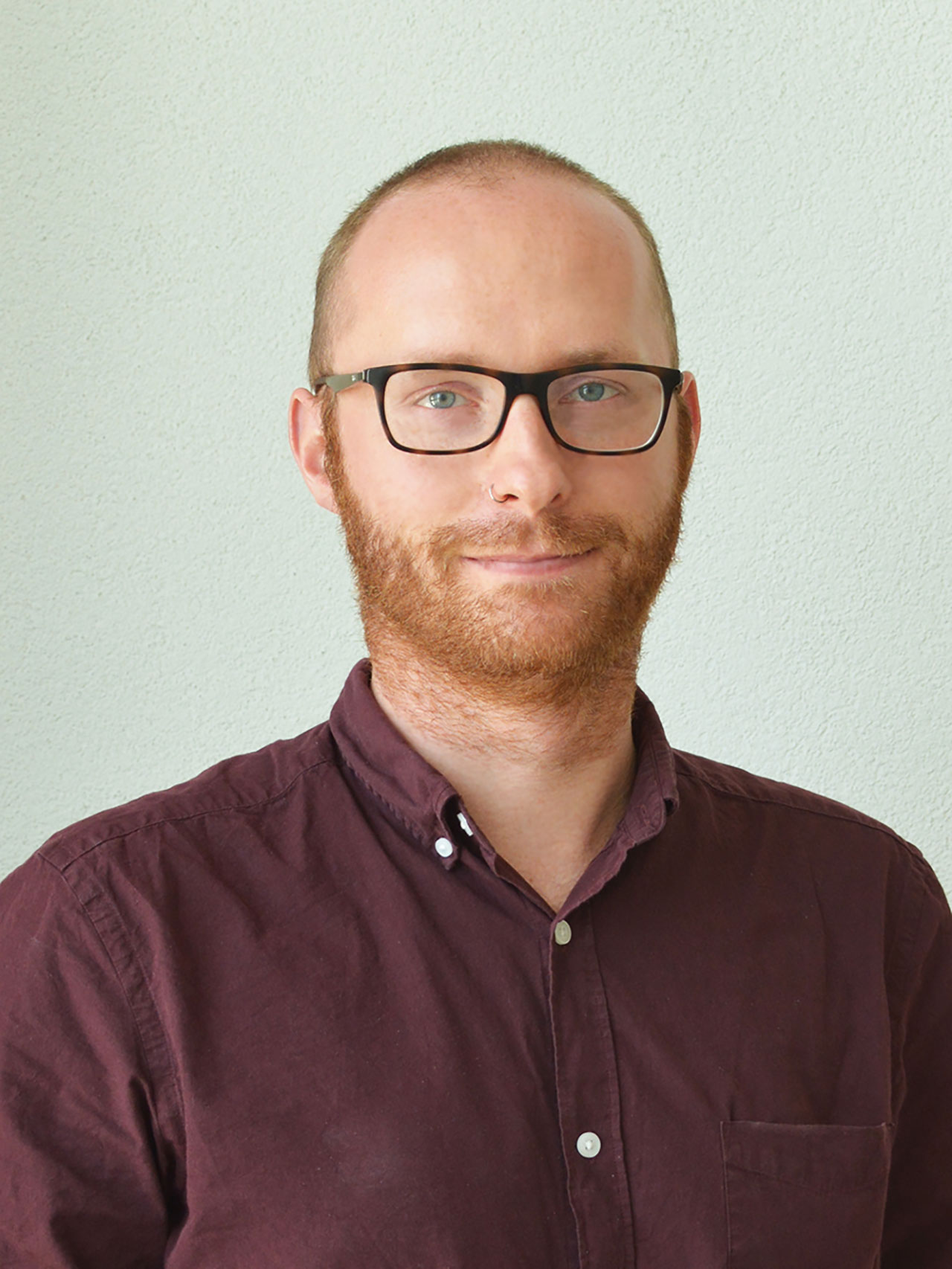
HSFK
Francis O’Connor forscht am Leibniz-Institut Hessische Stiftung Friedens- und Konfliktforschung.
Why is far-right terrorism academically neglected and understudied?
The reasons are all overlapping and interlinked. My blogpost was based on an article by that I read by Bart Schuurman at the University of Leiden. He did a survey of the nine most important English language journals on radicalization over the last eleven years. He discovered that only 1.9 percent of all the studies are about the extreme right. He mentioned something that I think makes a lot of sense: a lot of research in terms of terrorism and radicalization/deradicalization is related to policy priorities.
Of course, since the early 2000s you had a large focus on some form of jihadist terrorism, al-Qaida and then Isis. These have become the policy priorities of the various western governments. Funding is made available for research on jihadists. When an institution or department wants to make an application or proposal for funding, it is safer.
There is a better chance to talk about jihadism.
So it is a kind of self-fulfilling dynamic. So more people propose projects on jihadism, more people get funded and this squeezes out the space for studying the far-right. Another point is that jihadi-studies are much more prominent in the media, in public policy and in universities as well. And unfortunately, until now, politics have marginalized and downplayed the importance of the far-right. Sometimes this is more explicit: the Trump administration, for example, removed funding on the research of far-right terrorism.
If more academic funding goes to Islamophobic topics, is there a lot of pressure coming from politics?
Exactly, it is no secret. There is right-wing influence in every country. In some cases the far-right is in power. This is the same symbolic far-right universe. They don’t perceive the far-right as a threat because they don’t target pure-blooded middle class Aaustrians or Irish people or Swedish people:
Their target are marginalized people, immigrants, people on the left and people from the LGBTQ community.
When we remember mass murderer Anders Behring Breivik, we actually remember him as a lone actor. There was just him and that was kind of the full story. Why is the support network behind such attacks out of our focus? How can we look at what is behind these people?
The notion of the lone actor is of course misleading because inevitably they are not alone. They always have degrees of stronger or weaker ties with broader radical milieus. So they are never fully alone. The problem with Breivik is that he tried repeatedly to integrate himself into different far-right groups and actors online, as well as offline. And he failed because it seems he had very poor social skills. So he was constantly pushed out and he was more alone than many attackers of a similar nature.
He certainly was not fully alone. He had his connections. But he was more alone than others.
At the moment, we cannot yet say much about the Australian perpetrator. But so far three people have been arrested. I definitely anticipate that it will come out that the attacker had connections either online or offline, or a combination of both, with other extremists and probably also with local environments. Because it is very difficult to acquire from one day to the next the beliefs and the equipment to carry out deadly violence. Psychologically it is hard. So there are other people needed who share your ideas and who validate your ideas. A socialization of violence comes through what is called a “radical milieu”.
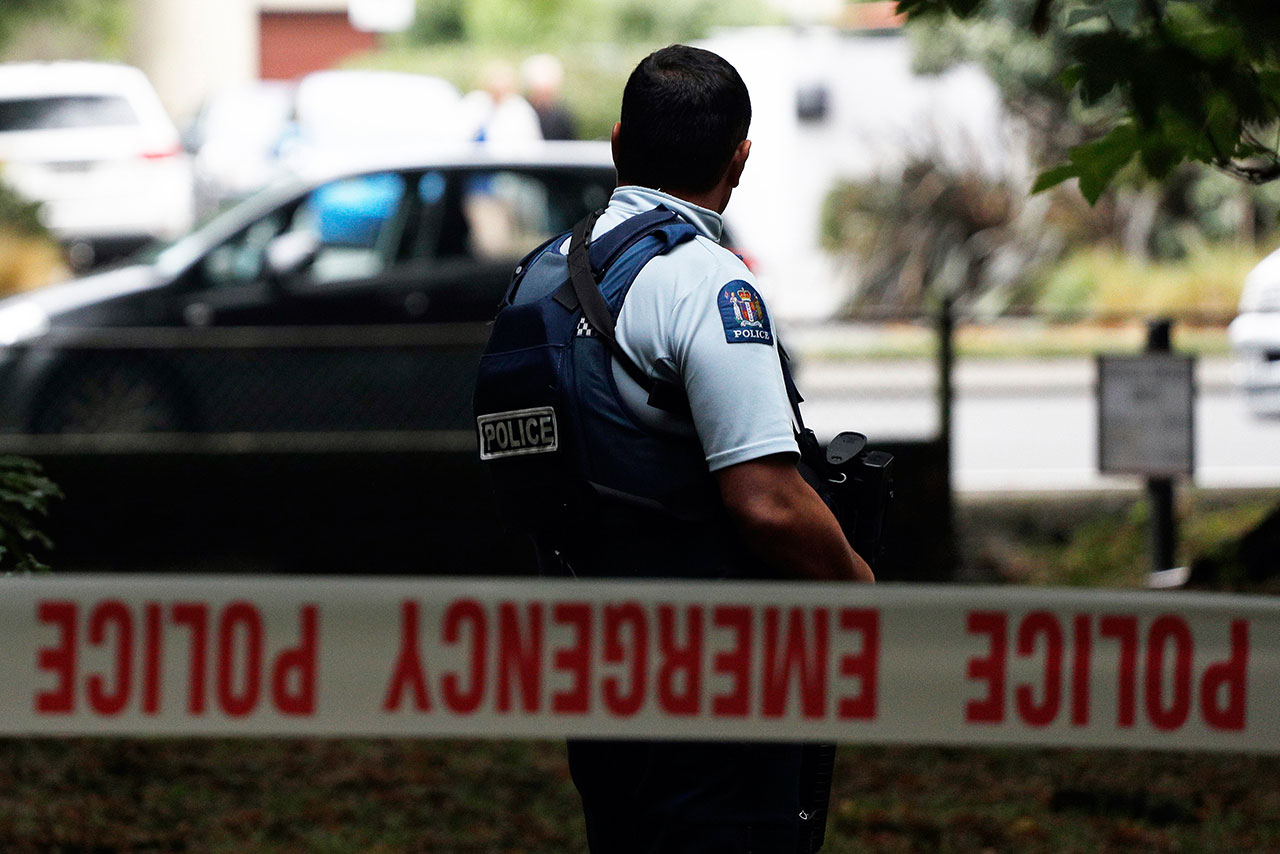
APA/AFP/Tessa Burrows
Radical milieus can be far-right bars, far-right gyms, football hooligans, political parties, shooting clubs. These are things that should be focused on. It is from within these environments that these ideas are shared, so these places must be analyzed. If you look at many cases of lone extremists, they are active in these social and political milieus and then they decide to act on their own. Many times the decision to act has nothing to do with politics but it is a divorce, or they moved out of a house, or they lose their jobs.
So it is a combination of a particular social environment with individual factors which should not be conflated with mental health issues. I have seen very poorly written articles about the attacker in New Zealand who was portrayed as being bullied as a child.
But many people have been bullied as kids but they have not done such things.
It is not mental health issues that lead people to carry out such violence. It is a whole combination of specific milieus, specific normalized behaviours, normalized discourses and interaction with individual things.
The attacker in Christchurch mentions in his text that he received a blessing from the “Knights Templar” – does this mean anything?
This fits back into the meme culture of the far-right and the thematics of shitposting. This is just a kind of in-joke of the far-right. A shared system of meaning, symbolism. On the other hand the Austrian newspaper DerStandard is now looking into the case of “Hannibal“.
This is a new very, very, very worrying development. But as opposed to reference the Knights and Breivik, this is imaginary, this is Dan Brown stuff.
You write “authorities tasked with policing far-right violence have long been complacent to its risk or, more controversially, even complicit in it” – this is written in the past. Where have authorities woken up?
The former head of the anti-terror police in Britain unit, Mark Rowley, openly said that we were complacent, that we didn´t take this seriously. He said that the UK had not “woken up” yet.
There was Luca Traini who appears to be a local terrorist without an international network, but the terrorist of Christchurch travelled the whole world - according to his Social media appearance. It seems that the far-right extreme scene is not a lone wolf image anymore but more of a movement?
That is a very interesting question. I think you have a combination of both. Importantly, you have an international aspect and this is especially relevant when you look at the far-rights use of the Internet.
I wouldn’t advise anyone to read the manifesto of the terrorist of New Zealand.
But he is referencing Traini and Americans and Serbians, so they do reference an intertnationally shared symbolic universe. In terms of pracital international connections, it is not as developed, practically speaking. Far-right groups are more local and they act relatively locally. So this was more of an exception. There was the Ukrainian student two years ago who studied in Birmingham and murdered a Muslim gentleman in England. Generally, attacks tend to be more local, so you could say you have an international symbolic universe with acutal Attacks that tend to happen more locally.
Die Buchautorin Charlotte Klong war am Dienstagabend bei FM4 Auf Laut zu Gast und erklärt auch in diesem Video den ethisch verantwortungsvollen Umgang mit den Bildern des Terrors:
You mentioned that you do advise people to not read the manifesto. What advice can you give us? How should we deal with the images of the far-right terror attack ?
Of course, it has to be analysed and studied. It is important to discuss it. But the far-right extremists want their ideas, like the manifesto, to be shared.
„I think it is very important to not share what they think, especially not the video.“
It is important not to share the message as they scripted it. It is very dangerous especially with an audience that might not have the critical skills which, for example, journalists have.
I am sure you read the statistic that about 5 million people tried to download the video.
That is really not what should be happening.
Which consequences do we have to focus on after this terror attack?
We should focus on not allowing the government to just forget about it and keep on with the routine. Hopefully people will give more funding to research on far-right movements, hopefully academic journals will also try to actively readdress the imbalance in the coverage of the far-right. Hopefully it happens, because what happens in New Zealand will have an impact in Western Europe and the US.
FM4 Auf Laut: Antimuslimischer Terror in Neuseeland
In FM4 Auf Laut hat Ali Cem Deniz mit der Kunsthistorikerin und Autorin des Buches „Terror - Wenn Bilder zu Waffen werden“ Charlotte Klonk und dem Politikwissenschaftler Benjamin Opratko gesprochen.
Wie nahe kommt uns der Terror übers Netz? Suchst du nach dem Live-Video des Anschlages, oder klickst du all das weg? Und auf welchen ideologischen Hintergründen baut dieser rechte Terror auf? Die ganze Diskussion kannst du hier nachhören.
Publiziert am 20.03.2019







